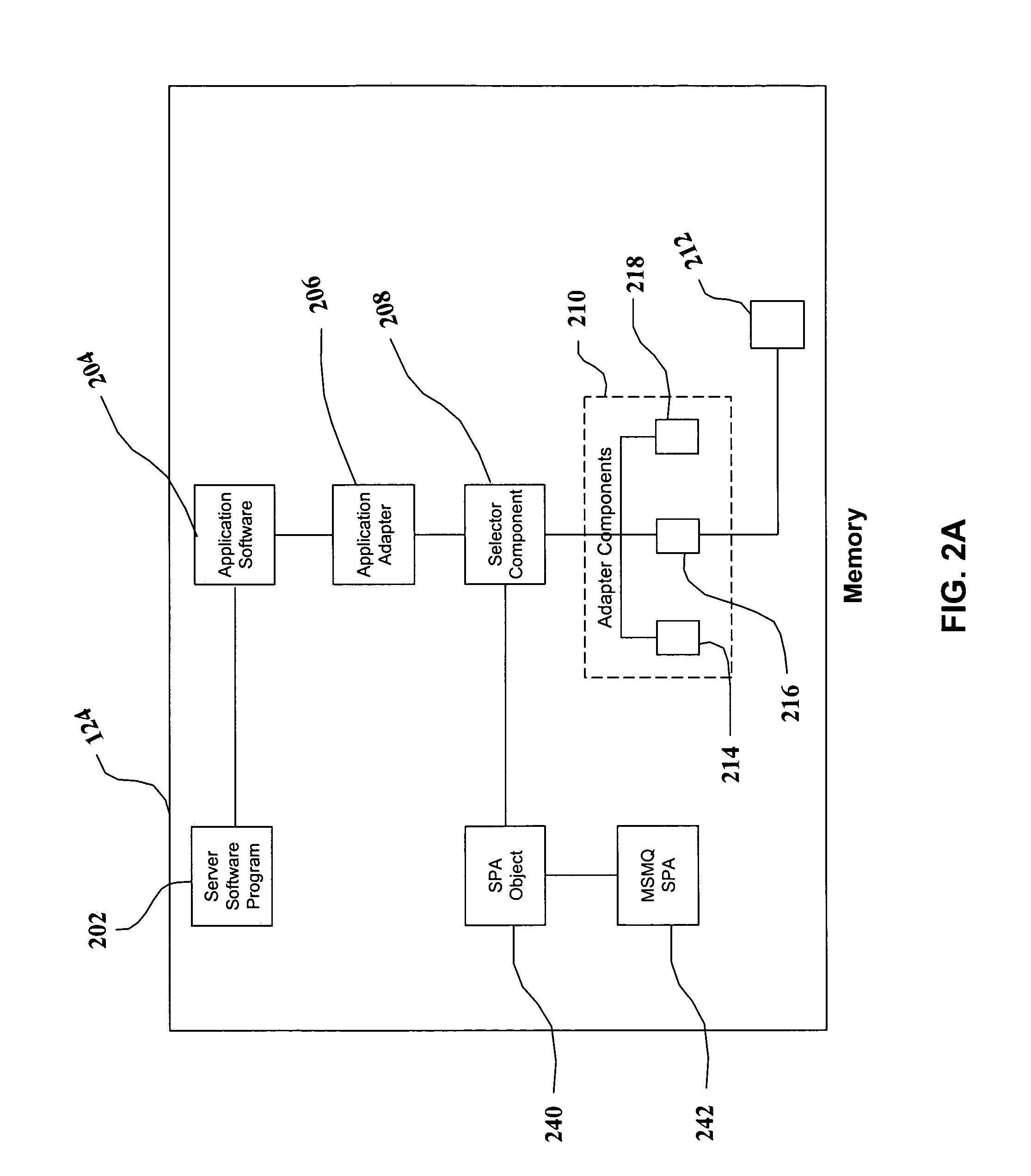Moreover, if the information is presented in a
Web site which is difficult to navigate or which is frequently unavailable, the
consumer is likely to become frustrated and proceed to a different source.
The hosting of a
Web site, however, becomes increasingly expensive as the data storage requirements increase.
Additionally, because the ASP provides services to a number of business enterprises, and each
business enterprise and customer relationship must be uniquely identified and tracked as described above, system complexity increases for each additional
Web site hosted.
Furthermore, it becomes increasingly likely that the data hosted by the ASP will not match the data on the
business enterprise's database, either due to update errors or as a result of a
time difference between updates of the ASP databases and information requests.
Of course, even routine maintenance of the ASP database presents additional difficulties.
First, access to the data by the business' employees constrained by the bandwidth available between the business and the ASP.
Therefore, access to the database can be a slow, tedious process.
Alternatively, a larger bandwidth
connectivity requires significant outlay in
capital investment and normally results in wasted capacity over a given period of time.
Because the data is housed outside the four walls of the business, there is an increased chance of corruption or compromise.
Thus, business risk is increased.
Providing a customer with an estimated delivery date is one such challenge.
Problems may be further compounded by the desire to maintain minimum inventory of stock on hand to avoid, amongst other things, warehousing costs.
Additional challenges arise when a product must be manufactured according to design criteria unique to a particular customer.
While these individual departments can achieve improved operational efficiency through
software, the business as a whole would not realize the potential afforded by
information technology because the individual
software applications may not smoothly interface with each other, and there could be significant duplication of data across the individual systems.
Storage and maintenance of a duplicate ERP databases, however, may be relatively expensive, and errors between databases can create dissatisfied customers and lost business.
Because ERP systems provide such comprehensive access to a business' data, they frequently suffer from the additional shortcoming of having an
end user interface that is difficult to learn.
This tends to make ERP user interfaces inherently complicated, particularly for end users that need to access information outside of the
end user's normal area of expertise.
For example, while a sales person may become proficient in accessing quotation or sales order information in an ERP system, if customer asks the sales person a question about the shipment or
invoice for a particular order, the ERP
user interface will usually make it difficult for the sales person find the information, because the
user interface for shippers and invoices is likely to be unfamiliar to the sales person.
Obviously, this problem is would be exacerbated if the customer of the business were to attempt to retrieve information as to the customer's account or order without assistance from the sales person.
Additionally, Anand et al. does not address the challenges present in a manufacturing environment.
Furthermore, Anand et al. does not disclose how to present the information in a manner which is easy to understand and easy to use.
Cianfrocca et al. does not, however, address the challenges present in a manufacturing environment.
Furthermore, Cianfrocca et al. does not disclose how to present the information in a manner which is easy to understand and easy to use.
Fisher et al. does not, however, address the challenges present in a manufacturing environment, such as calling for complex database manipulations across foreign systems.
Furthermore, Fisher et al. does not disclose how to present the information in a manner which in easy to understand and easy to use.
Pearson does not, however, address the challenges present in a manufacturing environment.
Furthermore, Pearson does not disclose how to present the information in a manner which is easy to understand and easy to use.
The system of Doyle et al. is thus limited to a relatively small set of information from various vendors including pricing data in the master item catalog.
Doyle et al. does not, however, address the challenges present in a manufacturing environment.
Furthermore, Doyle et al. does not disclose how to present the information in a manner which is easy to understand and easy to use.
Dworkin does not, however, address the challenges present in a manufacturing environment.
For example, Dworkin does not disclose a user submitting product specifications to a manufacturer in order to obtain information.
Furthermore, Dworkin does not disclose how to present the information in a manner which is easy to understand and easy to use.
 Login to View More
Login to View More  Login to View More
Login to View More 


